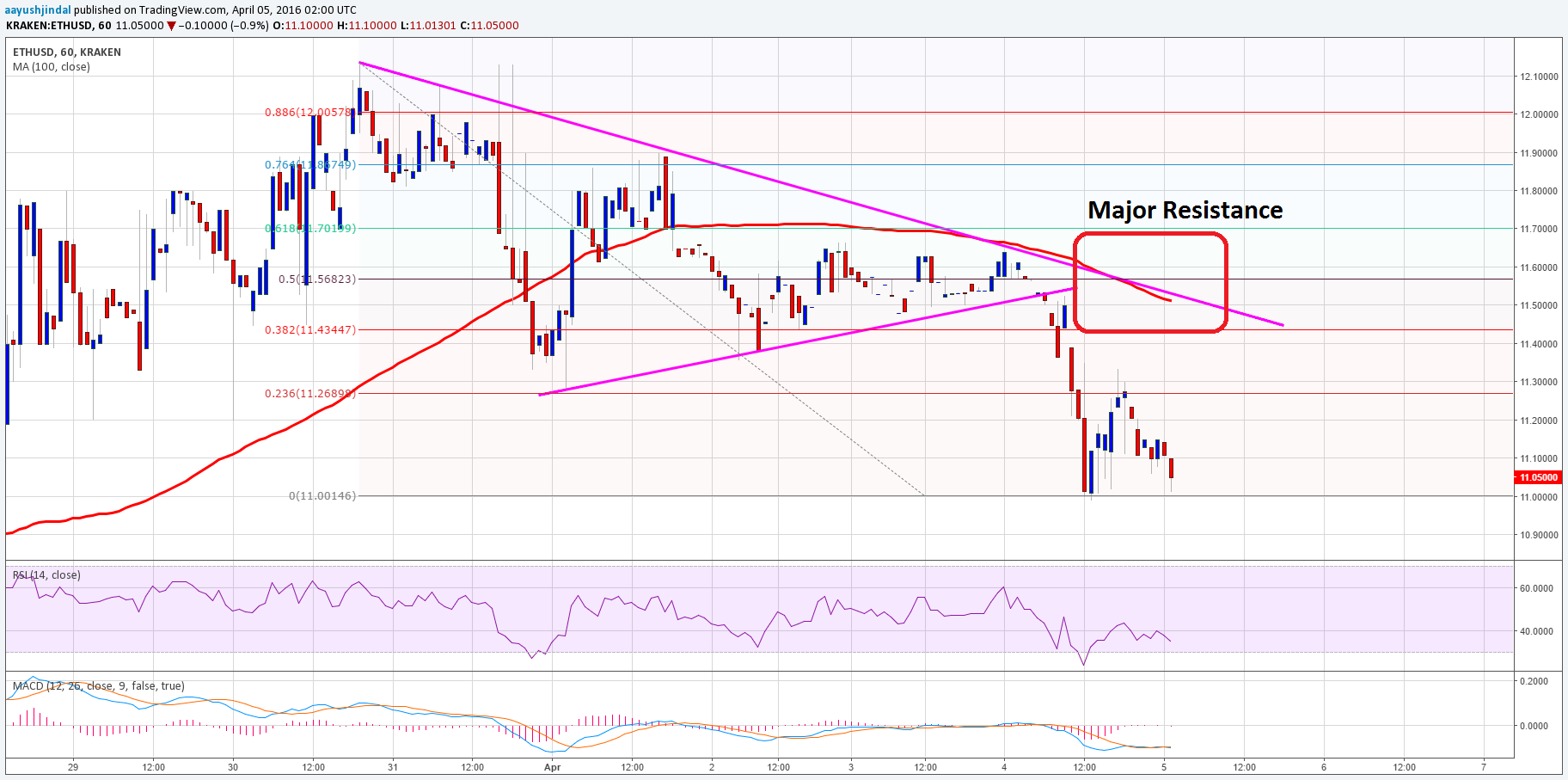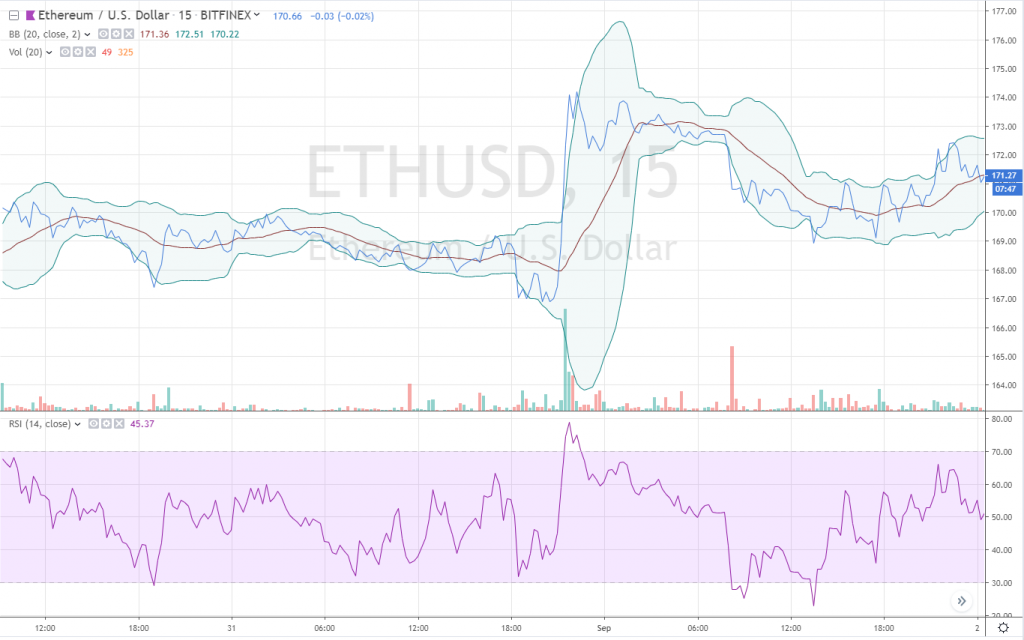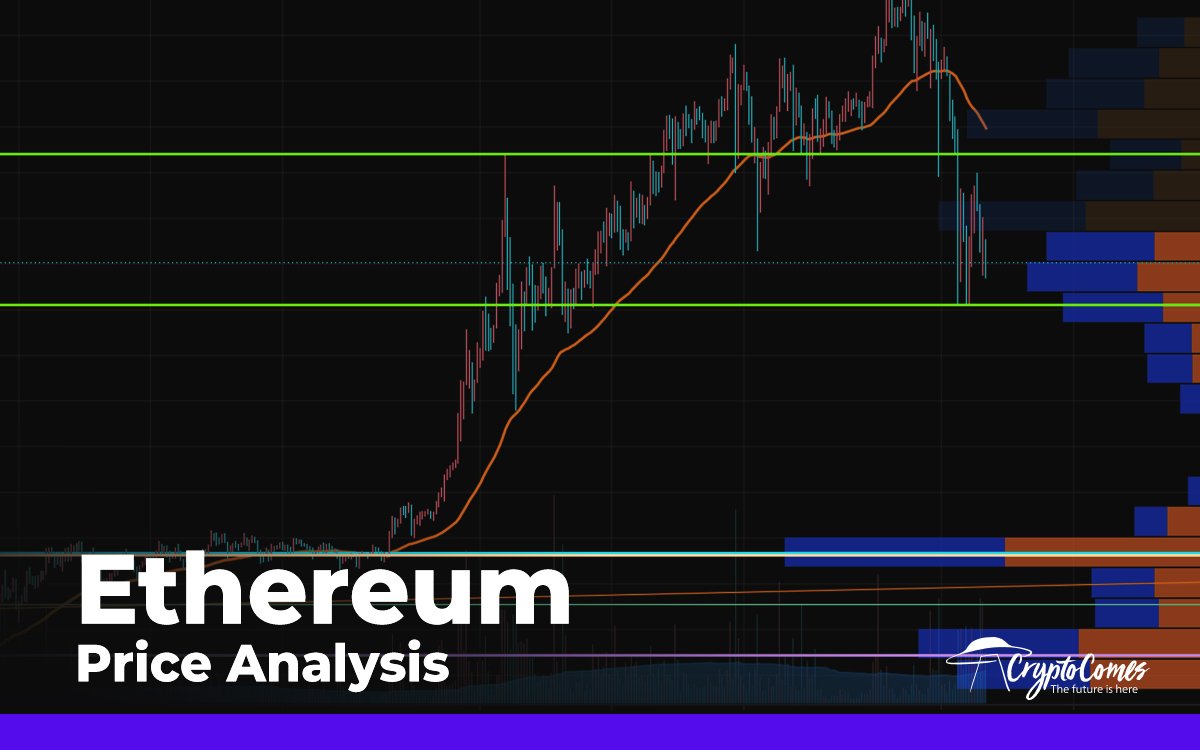ethereum price analysis A Comprehensive Insight into Trends
With ethereum price analysis leading the charge, we delve into the dynamic landscape of one of the most prominent cryptocurrencies. Ethereum, known for its versatility and robust smart contract capabilities, has captured the attention of investors worldwide. As we explore its price movements, technical indicators, and market sentiment, we’ll uncover the factors that influence its valuation and examine the future projections that could shape its trajectory.
In this analysis, we’ll provide an overview of the current market trends, significant price milestones, and the impact of Ethereum’s technical and fundamental factors. By understanding the interplay of these elements, investors can make informed decisions in this ever-evolving market.
Market Overview
Ethereum has been experiencing notable fluctuations in its price, showcasing a blend of resilience and volatility. As of the latest data, the price of Ethereum hovers around $2,000, reflecting a market capitalization that positions it as the second-largest cryptocurrency after Bitcoin. The current price trends indicate a strong recovery phase following a dip earlier in the year, influenced by various macroeconomic factors and market sentiments.Several elements contribute to the price fluctuations of Ethereum.
First and foremost, the demand for decentralized applications (dApps) and non-fungible tokens (NFTs) built on its platform have significantly driven interest and investment. Furthermore, the recent upgrades to Ethereum, particularly the transition to Ethereum 2.0, have instilled confidence among investors, providing a clearer pathway for scalability and sustainability.Historically, Ethereum has seen remarkable price movements, most notably its rise to an all-time high of around $4,800 in November 2021.
Significant milestones include the launch of the Ethereum network in 2015, the introduction of smart contracts, and the ongoing development of Layer 2 solutions aimed at enhancing transaction speeds and reducing fees.
Technical Analysis
Support and resistance levels play a critical role in determining Ethereum’s price action. Support levels represent price points where buying interest is strong enough to overcome selling pressure, while resistance levels indicate where selling interest might outweigh buying pressure. Identifying these levels helps traders make informed decisions about entry and exit points.Chart patterns are essential tools for predicting future price movements.
Traders often look for formations such as head and shoulders, double tops, and triangles to forecast potential trends. For instance, a breakout above a resistance level may suggest a bullish trend, while a breakdown below a support level could indicate a bearish sentiment.Key indicators like the Relative Strength Index (RSI) and Moving Average Convergence Divergence (MACD) are commonly utilized in technical analysis.
The RSI measures momentum and can indicate whether Ethereum is overbought or oversold, while the MACD provides insight into momentum shifts and potential trend reversals.
Fundamental Factors

Ethereum’s recent upgrades, particularly Ethereum 2.0, have had a profound impact on its price. The transition from a proof-of-work (PoW) to a proof-of-stake (PoS) consensus mechanism is expected to enhance scalability and reduce energy consumption. As Ethereum continues to evolve, the anticipation surrounding upgrades tends to create positive sentiment, influencing price appreciation.Market demand and supply dynamics significantly affect Ethereum’s value.
An increase in users and investors often leads to higher prices due to limited supply. Conversely, any negative news or market events can trigger rapid sell-offs, demonstrating the volatile nature of cryptocurrencies.Macroeconomic factors such as inflation and interest rates also play a vital role. For instance, rising inflation rates can drive investors towards cryptocurrencies like Ethereum as a hedge against currency devaluation, whereas increasing interest rates may lead to a decrease in risk appetite among investors.
Comparison with Competitors

When comparing Ethereum’s performance to other leading cryptocurrencies, such as Bitcoin and Cardano, distinct differences become apparent. While Bitcoin primarily serves as a store of value, Ethereum’s versatility allows for a myriad of applications through smart contracts and dApps. In terms of price action, Ethereum has shown resilience, often recovering faster during market corrections compared to its competitors.Ethereum maintains a competitive edge due to its established infrastructure and a vast network of developers continuously innovating on its platform.
This positions Ethereum favorably against rivals, particularly those like Cardano, which also seeks to enhance smart contract functionality but lacks the same level of adoption and developer activity.
Investor Sentiment
Measuring investor sentiment around Ethereum can be achieved through various sentiment analysis tools that track social media trends and community discussions. Platforms like Twitter and Reddit often provide insight into the general mood surrounding Ethereum, where spikes in positive sentiment can correlate with price increases.Social media trends have demonstrated a direct correlation with Ethereum’s price movements. For example, significant announcements or developments often lead to surges in engagement and interest, impacting trading volumes and price action.
Additionally, notable news events, such as regulatory changes or technological advancements, can shift market sentiment dramatically, influencing investor behavior.
Future Projections
Looking ahead, Ethereum’s price predictions over the next few months show potential for both upward and downward movements based on current trends. Analysts suggest that if the upward momentum continues, Ethereum could reach new highs, particularly if adoption rates and dApp usage surge.Upcoming regulatory changes may introduce new dynamics for Ethereum pricing. Positive regulatory frameworks could bolster investor confidence, while stringent regulations might dampen enthusiasm.
Investors in Ethereum should remain aware of potential risks, such as increased competition and market volatility. However, the opportunities lie in Ethereum’s ongoing developments and the potential for broader adoption across various sectors, positioning it as a significant player in the future of blockchain technology.
Epilogue

In conclusion, the journey through this ethereum price analysis reveals not only the complexities of its market dynamics but also the opportunities that lie ahead. As Ethereum continues to innovate and adapt, staying informed about its price movements and external influences will be crucial for investors. With potential regulatory changes and market demand shaping the horizon, the future of Ethereum remains an exciting topic worth following closely.
FAQ Insights
What influences Ethereum’s price fluctuations?
Ethereum’s price is influenced by factors such as market demand, technological upgrades, and macroeconomic conditions.
How can I analyze Ethereum’s price technically?
You can use tools like support and resistance levels, RSI, and MACD to analyze Ethereum’s price movements.
What is the significance of Ethereum 2.0 for its price?
The launch of Ethereum 2.0 is expected to enhance scalability and efficiency, potentially boosting demand and price.
How does investor sentiment affect Ethereum?
Investor sentiment can significantly impact Ethereum’s price, often reflected through social media trends and market news.
What are the risks of investing in Ethereum?
Risks include market volatility, regulatory changes, and competition from other cryptocurrencies.

